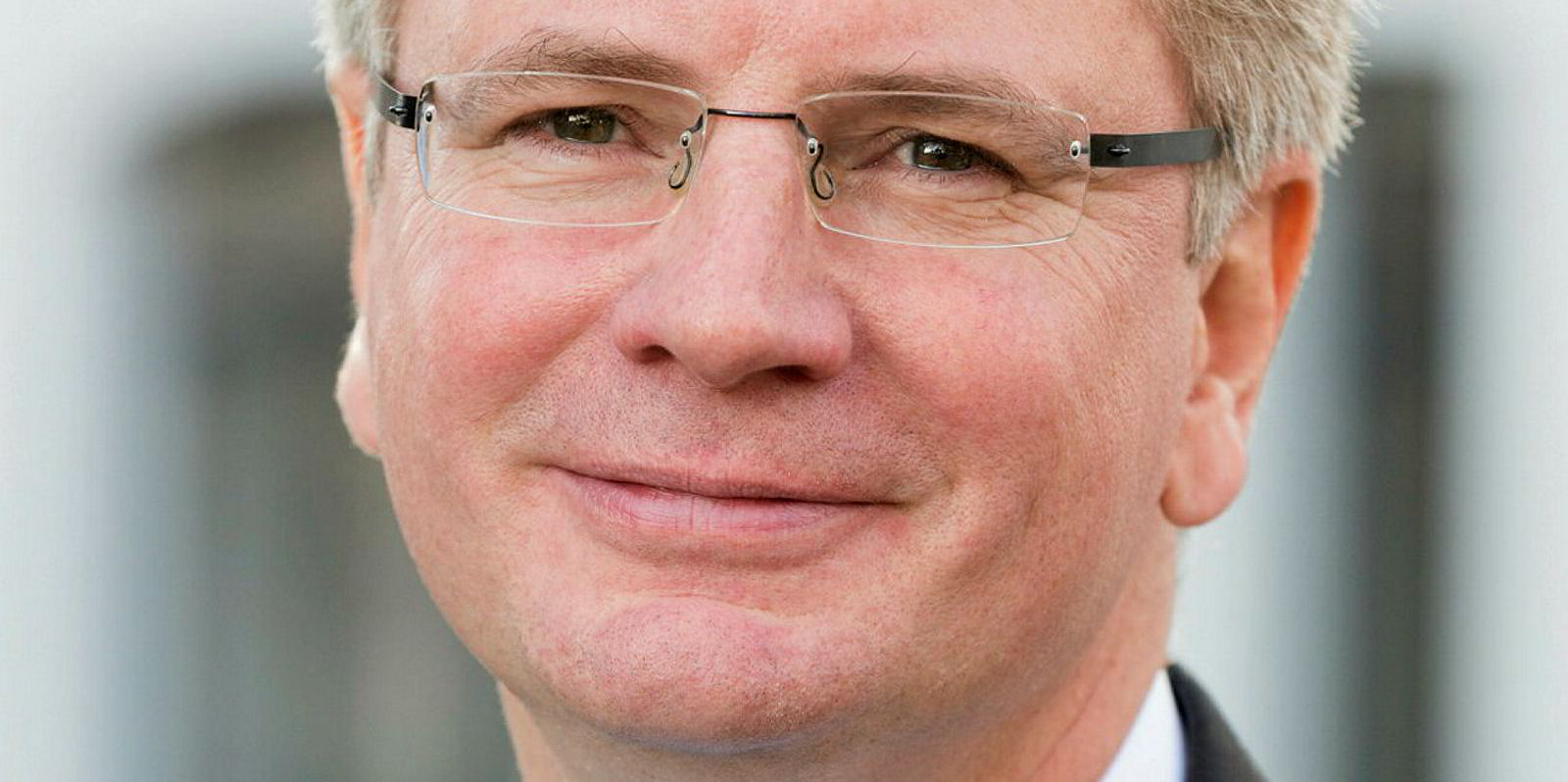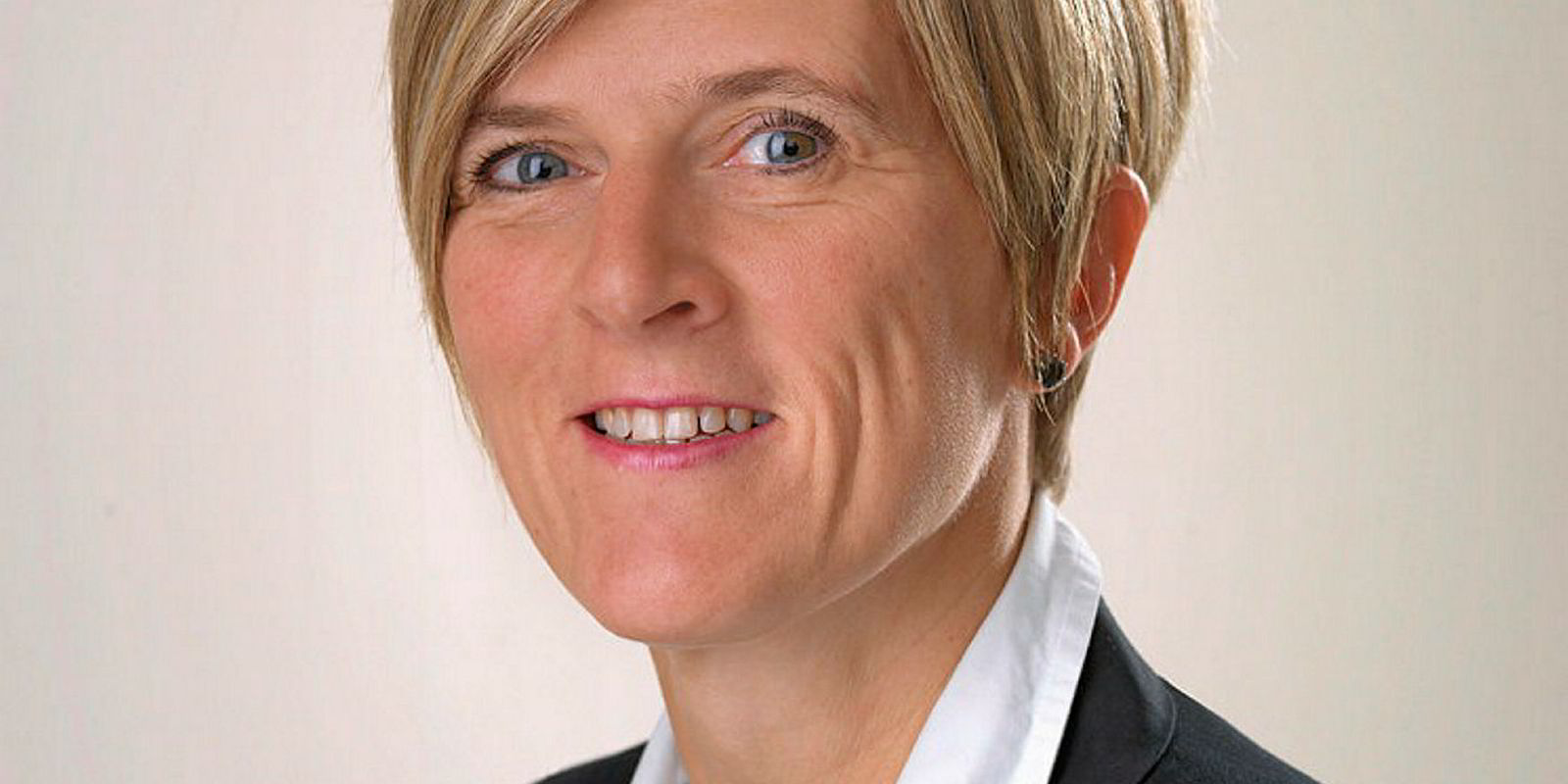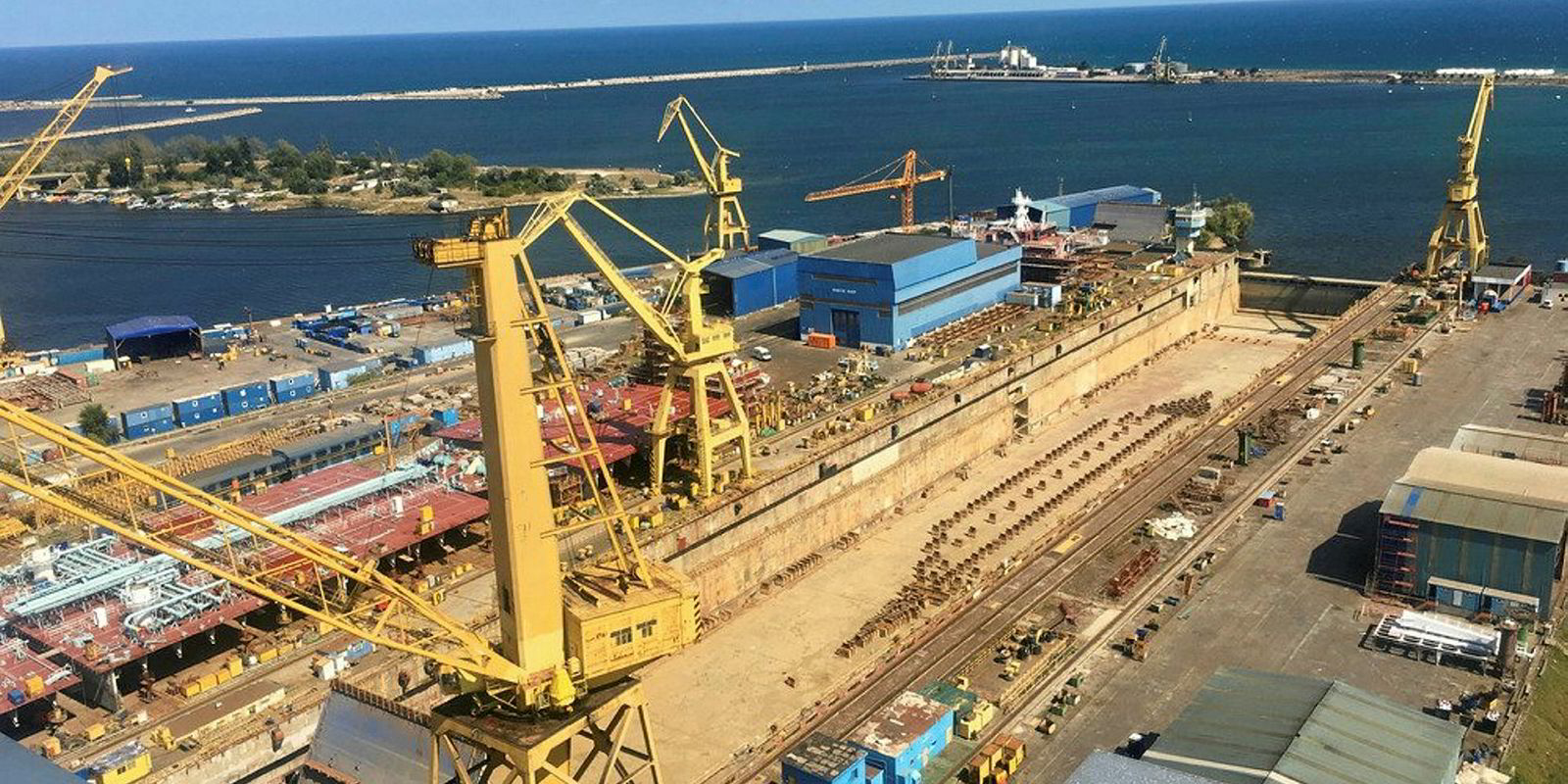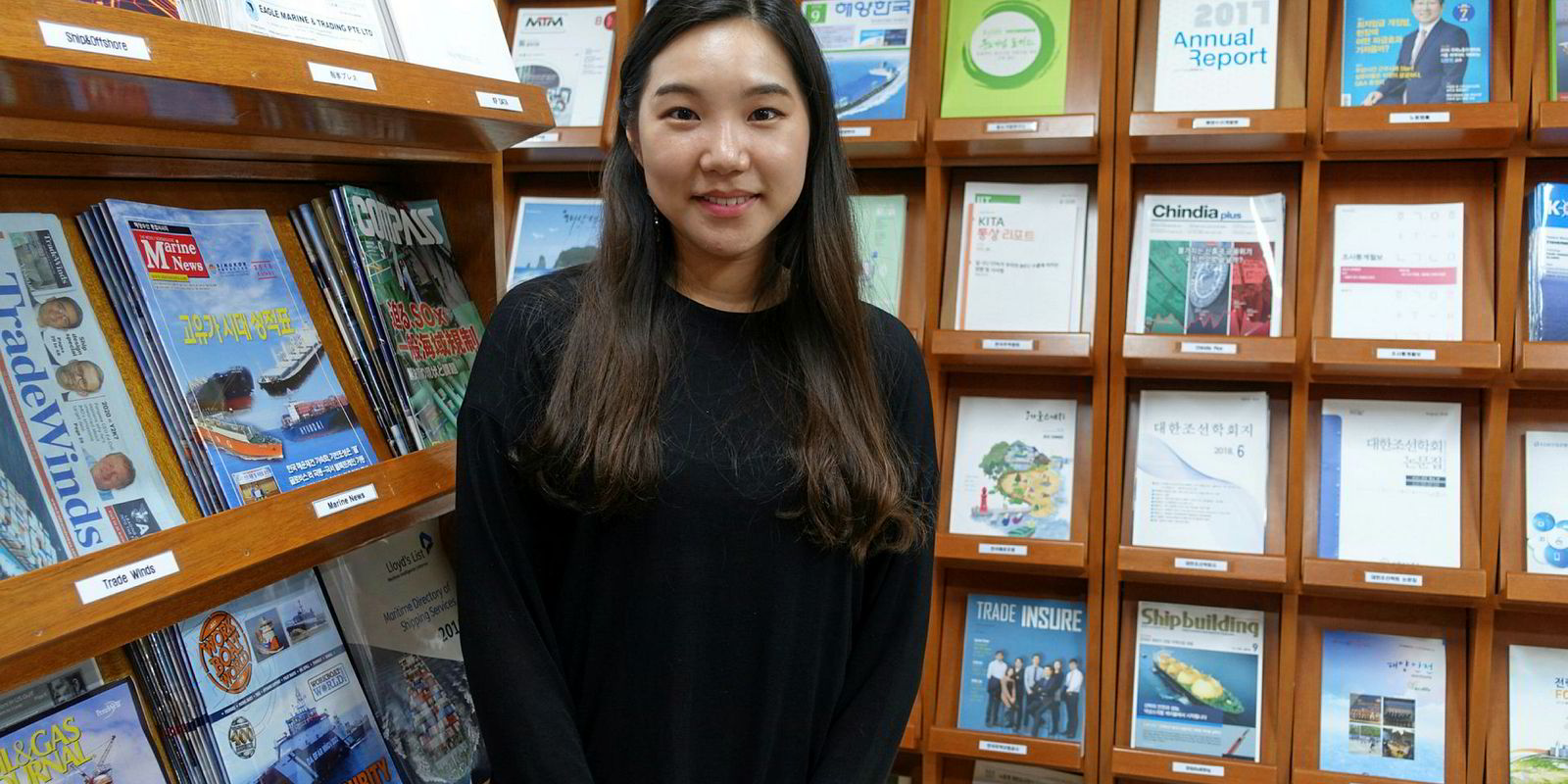European shipyards continue to feast on the surge in demand for cruiseships, but the orderbook masks challenges for some builders outside the big three players, Meyer Group, Fincantieri and MV Werften.
Varying fortunes
Some yards in Croatia and Spain, for example, face financial difficulties, while others that have seized on opportunities flowing from the explosion in orders for expedition cruise vessels are realising that new products bring with them fresh challenges.
And for some long-established yards, a new future is being mapped after a change in ownership or operational control. That is a scenario facing STX France (the former Chantiers de l’Atlantique), Vard in Norway and Poland’s once-mighty Stocznia Gdansk, which returned to state ownership in July.
But overall, European shipbuilding, which has benefited from a favourable euro/US dollar exchange rate, is in the enviable position of having at least five years of forward cover — double that of China and Japan. The backlog is even deeper in some instances, especially if optional newbuildings are included.
According to broker BRS, Europe has an 8% share of the global orderbook measured in gt, compared with China’s 39%, South Korea’s 27% and Japan’s 22%.
Cruise leader
The data reflects Europe’s success in winning orders for cruiseships and ferries. Its position is far smaller when it comes to tankers and bulkers, something mirrored in its 2% worldwide market share of orders if measured in dwt.
BRS says that in mid-September, cruiseships accounted for 9.84 million gt of the 12.63 million gt of ships on order in Europe. The broker’s chief executive, Francois Cadiou, says demand for cruiseships means European yards are probably performing better than their Asian counterparts, which are focused on the weaker tanker and bulker markets.
Italy leads the field in terms of orders, with 4.07 million gt, followed by Germany (2.71 million gt), France (1.7 million gt) and Finland (1.4 million gt).
But these countries are keeping an eye on China, which has the stated intention of breaking their cruiseship stranglehold.
Also worrying for the Europeans is the number of ferry contracts secured by China from high-profile companies such as Stena Line, Viking Line and DFDS. Even so, Flensburger Shipyard in Germany and Cantieri Navale di Visentini in Italy are among those still securing important ferry orders.
Europe’s success in building luxury cruiseships is demonstrated by the family-owned Meyer Group. It has mainstream yards in Papenburg, Germany, with orders for 13 cruiseships and a Silversea Cruises memorandum of understanding for two more announced last week, and in Turku, Finland, which has orders for eight.
In Papenburg, construction is taking place on four cruiseships — the 180,000-gt AIDAnova, 168,600-gt Spectrum of the Seas, 167,800-gt Norwegian Encore and 58,250-gt Spirit of Adventure.
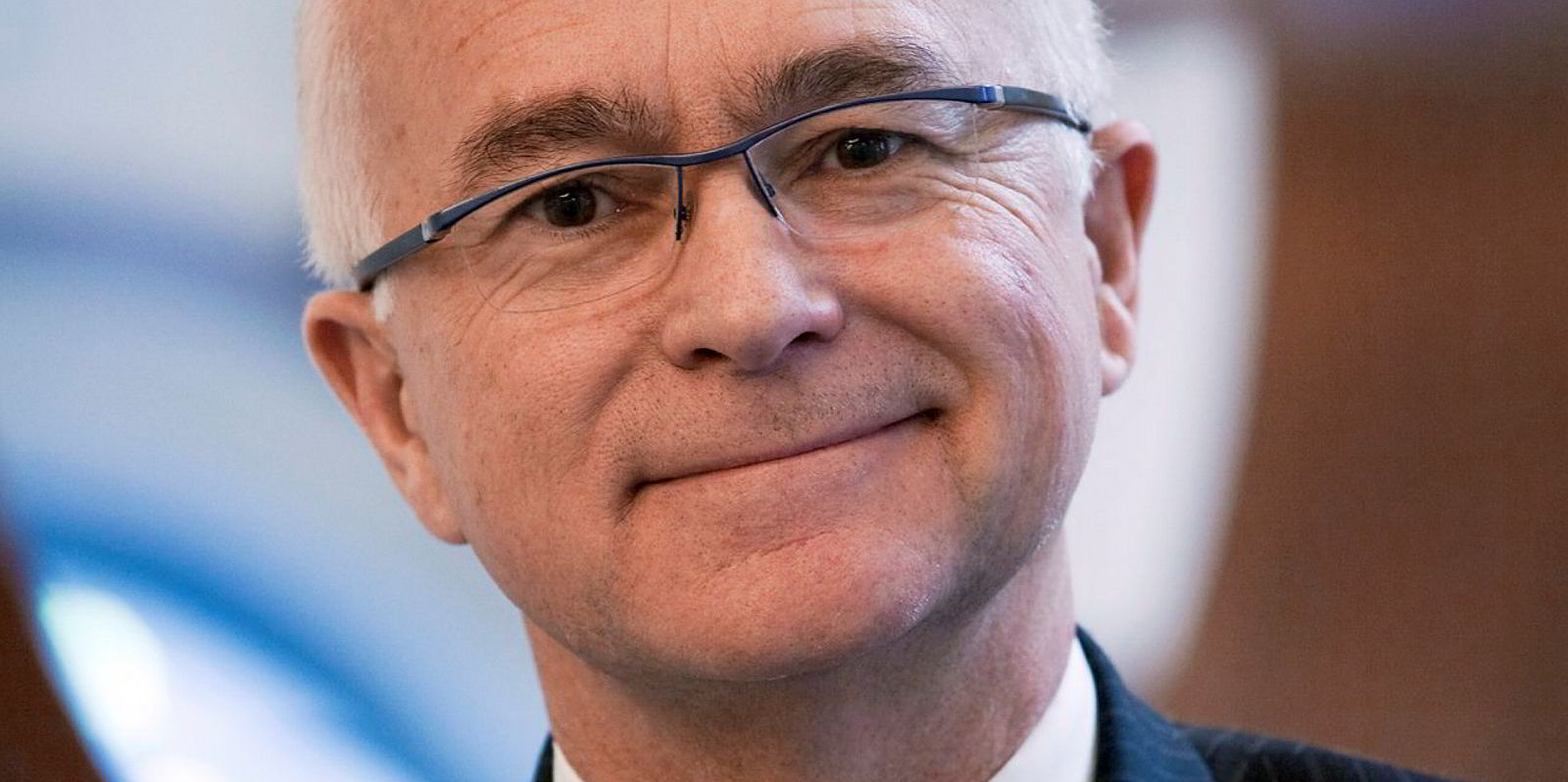
Papenburg customers
P&O, Disney, AIDA, Royal Caribbean, Norwegian Cruise Line (NCL), Carnival’s Costa Cruises, Saga and TUI are among those with newbuildings on order. A further six river cruiseships for Viking River are under construction or on order at Meyer’s Neptun Werft yard in Rostock.
Fincantieri’s orderbook has been bolstered in recent months with TUI, NCL and Cunard all placing firm cruiseship orders there.
The Italian builder’s backlog by July was a record €32bn ($36.8bn). Total orders, including cruiseships and naval, numbered 109 vessels, which chief executive Giuseppe Bono says amounts to 15 million production hours this year alone.
Vard, Kleven Verft and Ulstein in Norway, Barreras in Spain, De Hoop in the Netherlands and West Sea in Portugal are among those to have entered the smaller luxury cruiseship space.
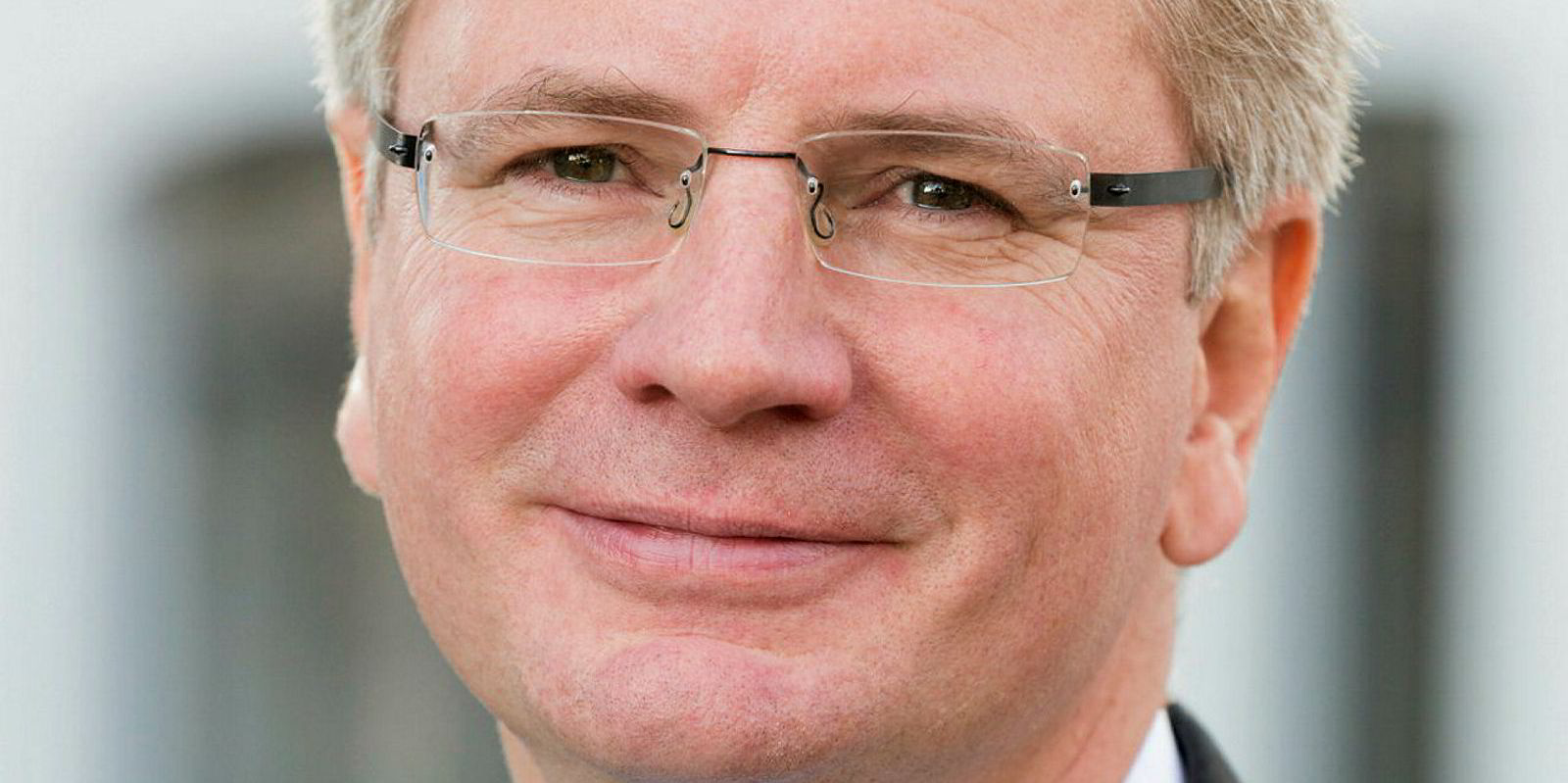
Keeping pace
But with more than 100 cruiseships worth $60bn on order, primarily in Europe, the big yards have been competing for extra steel production capacity.
Yards in Poland and Romania have benefited from providing steelwork capacity as subcontractors. Turkey has found it more difficult because of the political situation there and concerns over providing bank refund guarantees.
German shipbuilders association chief executive Reinhard Luken says Poland has been a major supplier of steelwork at a time when its government seems to be looking favourably again at shipbuilding. As a subcontractor “you don’t get rich but it is sound business and you can be profitable”, he adds.
Meanwhile, sources spoken to by TradeWinds say it is doubtful whether Chinese yards that have won cruiseship and ropax/ferry contracts that might previously have gone to Europe will initially make money.
Experience shows that yards launching new products have to accept large discounts, while often underestimating costs and potential production difficulties.
Read more in our World Shipbuilding business focus in this week's edition, which will be available online on Thursday.

